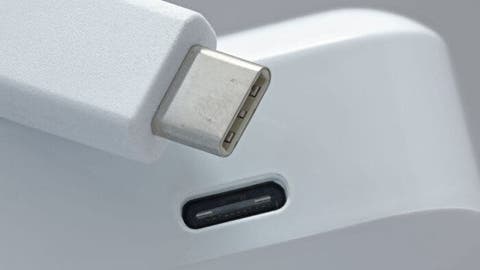We call the USB standards by numbers, such as USB 2, USB 3, etc. However, behind these standards, there is the SuperSpeed USB branding. Starting this quarter, this branding will stop being part of the USB Implementers Forum (USB-IF). The latter is the main and only body that manages and maintains the USB standard.
New Naming Policy For USB Standards
In fact, the SuperSpeed USB branding is a decade old. But we guess most of you are unfamiliar with it because many users just know the standard name, not the branding name. Anyway, it turns out that starting these months, the branding will get significant changes. First, the branding name won’t appear on products and packaging anymore. However, the early products that were certified before these changes will still come with the old brand names.
Further reading: Europe Approves USB Type-C As A Universal Charging Port
Well, we guess you wonder why it needs these changes. In fact, USB-IF wants to emphasize what the standards can actually do. Thus, it shouldn’t be about numbers but advantages.
“As we started to update our branding, we did a lot of focus group studies with many different types of consumers,” USB-IF’s president and chief operating officer Jeff Ravencraft told The Verge, “and none of those people understood the messaging and the branding, and they don’t understand revision control or spec names.”
“What consumers want to know — and what we learned — is they want to know two things: What’s the highest data performance level the product can achieve? And what’s the highest power level I can get or drive from this product,” he says. “That’s all they want to know.”
So, instead of seeing just a number next to the USB, we will see the key improvements of each USB standard. For instance, we will see “USB 5Gbps” and “USB 10Gbps” or “USB4 40Gbps” and “USB4 20Gbps” will become “USB 40Gbps” and “USB 20Gbps.”
Apart from changing the naming policy of USB standards, USB-IF is also changing the branding for certified USB Type-C cables. So, now, instead of the data transfer speeds, cables will also provide information concerning the charging wattage.
